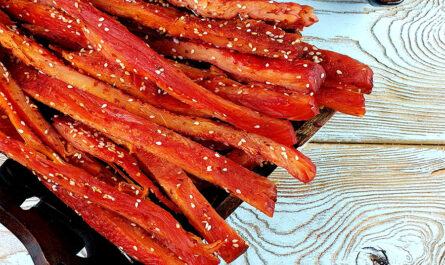Choosing the Right Ski Gear and Equipment
No matter if you are an avid skier who hits the slopes every weekend or someone just starting out, having the proper ski gear and equipment is essential to your comfort and safety on the mountain. In this article, we will provide an overview of the key gear and equipment needed for skiing as well as tips on choosing the right items.
Ski Boots
Your ski boots are arguably the most important piece of equipment as they connect you to your skis. There are a few main types of ski boots:
- Hard-Shell Boots: Hard-shell boots are rigid and offer excellent control and power transfer. They are best suited for advanced skiers who want maximum response from their boots. Some pros of hard-shell boots include great stability at high speeds and precision edge-to-edge control. However, they tend to be less comfortable than other boot styles.
- Soft-Shell Boots: Soft-shell boots have more flexibility than hard-shell boots but still maintain good responsiveness. They are generally more comfortable than hard-shell boots, especially for beginners and intermediate skiers. While soft-shell boots sacrifice some precision, they provide increased mobility and make it easier to walk in ski boots.
- Touring/Backcountry Boots: For skiers who enjoy venturing into the backcountry on ungroomed trails, touring or backcountry boots are ideal. They are engineered with extra traction and ankle support for ascending slopes as well as descending. Removable walking heels allow you to take them on and off with ease for climbing.
When purchasing boots, make sure to get properly fitted by a professional bootfitter to ensure your boots are snug but not painfully tight. Poorly fitted boots can ruin an otherwise great ski day.
Skis
Next you will need a pair of skis suited to your ability level and preferred skiing style. Here are the main types:
- All-Mountain Skis
All-mountain skis are versatile enough to handle most terrain from groomed runs to lighter powder. They offer balanced flexing for both turning and straight-lining at moderate speeds. All-mountain skis are an excellent choice for intermediate to advanced skiers. - Narrow Waisted Skis
For expert skiers who enjoy carving turns at high speeds, narrow waisted skis are ideal. They have stiff flex patterns and narrow widths for crisp edge-to-edge response. However, narrow waisted skis can be less forgiving on variable or mogul terrain. - Wide Waisted Skis
On the other hand, wide waisted skis provide extra floatation in powder snow. Their wide topsheets and more forgiving flex patterns make them stable even in deep, unconsolidated snow. They work well for advanced skiers exploring out-of-bounds areas but can feel clumsy at higher speeds on groomers. - Fat Skis
For serious freeride skiing beyond the boundaries, fat skis with widths over 115mm are unparalleled. The extra girth allows them to float on top of powder instead of sinking in. While stable in deep snow, fat skis sacrifice maneuverability, making them less suitable for most groomed runs. Choosing the right pair of skis depends on your experience level as well as local snow conditions and terrain preferences. Seek advice from ski shop experts when selecting skis. Make sure to purchase the appropriate length for your height and ability. - Poles and Bindings : Other essential ski gear includes poles and bindings. Ski poles provide balance, power, and propulsion. When choosing poles, look for adjustable lever grips and comfort straps. Consider pole baskets suited for your skiing terrain as well. Bindings are what attach your boots to the skis. Beginners may want forgiving bindings that release easily. More advanced skiers can choose performance models that maintain rigid attachment for maximum control. Make sure bindings are compatible with your DIN setting, a rating based on your weight and ability.
Overcoming Obstacles
There are also pieces of protective and supplementary gear to ensure safety and comfort on the slopes:
- Helmets: Helmets are arguably the most important protective gear. Most ski areas now require them for skiers under 18. Look for helmets that are ANSI-certified.
- Goggles: 100% UV protection is essential for clear visibility and eye health. Choose antifog and anti-scratch lenses suited for conditions.
- Ski Socks: Wicking ski socks prevent moisture buildup and blisters. Merino wool blends add insulation while still maintaining breathability.
- Ski Clothing: Waterproof and breathable layers with vents and zippers optimize comfort. Ski pants should have articulated knees and side zips. Consider thermal underwear, fleece layers and synthetic or down insulation pieces. Waterproof mitts or gloves along with a balaclava or neck gaiter round out cold-weather essentials.
- Ski Bags: Protect your gear investment with quality ski bags for transport to and from the mountain. Hard cases shield edges while padded soft cases are more lightweight and packable.
Conclusion
With the right ski gear and equipment, you’ll be set up for an enjoyable experience regardless of your ability or the conditions. Remember that equipment preferences evolve as your skills improve. Consulting expert advice and renting options before buying ensures you choose gear suited to your current skill level. Happy shredding!
*Note:
1. Source: Coherent Market Insights, Public sources, Desk research
2. We have leveraged AI tools to mine information and compile it




